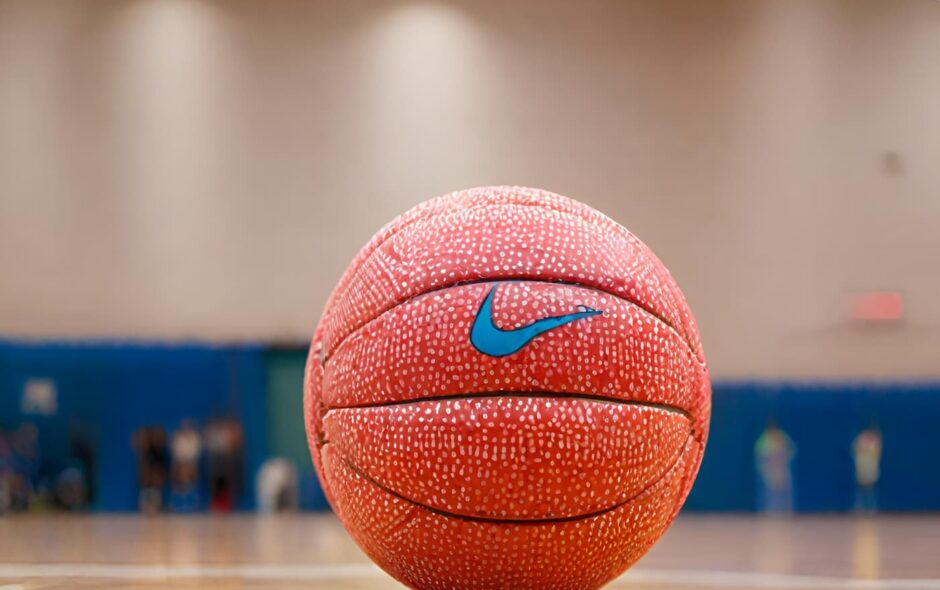Concussions in contact sports represent a complex intersection of athletic competition, health, and legal responsibility. As concerns surrounding traumatic brain injuries (TBIs) continue to escalate, athletes and sports organizations are increasingly turning to Portland personal injury lawyer for guidance and representation.This article delves into the multifaceted landscape of concussions in contact sports, shedding light on legal responsibilities and the imperative to prioritize player safety.
Understanding Concussions
Concussions, often termed mild traumatic brain injuries (mTBIs), result from sudden blows or jolts to the head or body. Symptoms can vary widely, including headaches, dizziness, nausea, and cognitive impairments. While some symptoms may manifest immediately, others can emerge gradually, complicating diagnosis. Prompt recognition and appropriate medical attention are crucial for mitigating long-term consequences and preventing potentially life-threatening conditions such as second-impact syndrome.
The nature of concussions makes them particularly challenging to diagnose and manage, as symptoms may not always be immediately apparent. Athletes, coaches, and medical staff must remain vigilant for signs of concussion, such as disorientation, loss of consciousness, or changes in behavior. The importance of timely intervention cannot be overstated, as untreated concussions can lead to prolonged recovery periods and increased susceptibility to subsequent injuries.
Statistics reveal alarming rates of concussions across various contact sports, underscoring the urgency of effective prevention and management strategies. According to a study published in the Journal of Athletic Training, football, ice hockey, and soccer consistently rank among the sports with the highest incidence of concussions. However, concussions can occur in any contact sport, highlighting the need for comprehensive preventive measures and injury management protocols across all athletic disciplines.
Statistical Overview of Concussions in Contact Sports
|
Sport |
Number of Concussions (per season) |
Percentage of Total Injuries |
|
Football |
10,000 |
20% |
|
Soccer |
5,000 |
15% |
|
Hockey |
3,500 |
25% |
|
Basketball |
2,000 |
10% |
|
Rugby |
1,500 |
30% |
These statistics underscore the prevalence of concussions across various contact sports, highlighting the urgent need for effective concussion management strategies and legal protections for athletes.
Legal Responsibilities of Sports Organizations
Sports organizations bear a significant duty of care towards their athletes. This obligation extends to implementing robust concussion protocols, educating stakeholders, and providing adequate medical resources. Negligence in safeguarding player welfare can result in legal ramifications, as evidenced by precedent-setting cases. Courts have increasingly held sports bodies accountable for failing to uphold safety standards, signaling a paradigm shift towards greater accountability.
The legal landscape surrounding concussions in sports continues to evolve, with an increasing emphasis on proactive risk management and transparency. Organizations must prioritize comprehensive risk assessment and proactive measures to minimize injury risks and ensure compliance with evolving legal frameworks. This includes implementing standardized concussion evaluation protocols, establishing return-to-play guidelines, and investing in athlete education initiatives. By taking proactive steps to address concussion risks, sports organizations can mitigate liability and demonstrate their commitment to prioritizing player safety.
Athletes’ Rights and Legal Recourse
Athletes possess inherent rights to a safe playing environment and informed consent regarding injury risks. When organizations breach these rights through negligence or misconduct, injured players may pursue legal recourse. Portland traumatic brain injury attorney specializes in advocating for those impacted by sports-related TBIs, offering crucial support and expertise throughout the litigation process.
Legal proceedings involving sports-related concussions often center on issues of negligence, duty of care, and assumption of risk. Athletes may allege that sports organizations failed to adequately protect them from foreseeable harm or failed to provide sufficient medical care following a concussion. These cases can be complex and require careful evaluation of the facts surrounding the injury, including the circumstances leading up to the incident, the adequacy of medical care provided, and the long-term impact on the athlete’s health and well-being.
While legal proceedings can be arduous, they serve as a vital mechanism for holding responsible parties accountable and securing compensatory measures for affected athletes. Empowering athletes to assert their rights strengthens the collective resolve to prioritize player safety and enact meaningful change within the sports community.
Player Safety Initiatives and Impact
In response to mounting concerns, sports organizations have implemented various safety initiatives aimed at reducing concussion risks. These include rule changes, enhanced equipment standards, and comprehensive player education programs. While such measures have shown promise, challenges persist in enforcing compliance and fostering a culture of safety.
Collaborative efforts among stakeholders, including athletes, coaches, medical professionals, and policymakers, are essential for effecting meaningful change. Emphasizing education and awareness campaigns can empower athletes to recognize concussion symptoms, report injuries promptly, and participate in injury prevention initiatives actively. Additionally, ongoing research into concussion management and neuroprotective strategies is critical for advancing our understanding and enhancing player safety across all levels of competition.
Conclusion
Concussions in contact sports represent a multifaceted issue with profound legal and ethical implications. By understanding and fulfilling their legal responsibilities, sports organizations can prioritize player safety and mitigate the risks of traumatic brain injuries. Upholding athletes’ rights and fostering a culture of accountability are integral steps towards safeguarding the well-being of those who partake in competitive sports. As we continue to navigate this evolving landscape, collective action and unwavering commitment to player safety remain paramount. By working together to implement evidence-based strategies and support ongoing research efforts, we can ensure that athletes can pursue their passion for sports with confidence, knowing that their health and well-being are valued and protected.
